Teaching your horse to turn on the forehand and haunches isn’t just about executing fancy maneuvers—it’s about developing balance, responsiveness, and communication between you and your equine partner. These fundamental dressage movements serve as building blocks for more advanced training while improving your horse’s overall athleticism and suppleness. Whether you’re a dressage enthusiast, trail rider, or simply want to enhance your horsemanship skills, mastering these turns can transform your riding experience. In this comprehensive guide, we’ll explore the step-by-step process of teaching these essential movements, common challenges you might encounter, and how to progress safely while maintaining your horse’s confidence.
Understanding the Difference Between Forehand and Haunches Turns

Before diving into training methods, it’s essential to clearly understand what each movement entails. In a turn on the forehand, your horse pivots around its front legs (forehand) while the hindquarters move in a circle around this central point. The front feet essentially march in place while the hind legs cross over each other to create the movement. Conversely, in a turn on the haunches, your horse pivots around its hind legs, which step more or less in place, while the front legs cross over each other to create the movement. Though they might seem similar, these movements require different balance points, weight shifts, and aids from the rider, making them distinct exercises that develop different aspects of your horse’s body awareness and responsiveness.
Why These Movements Matter for Your Horse’s Development
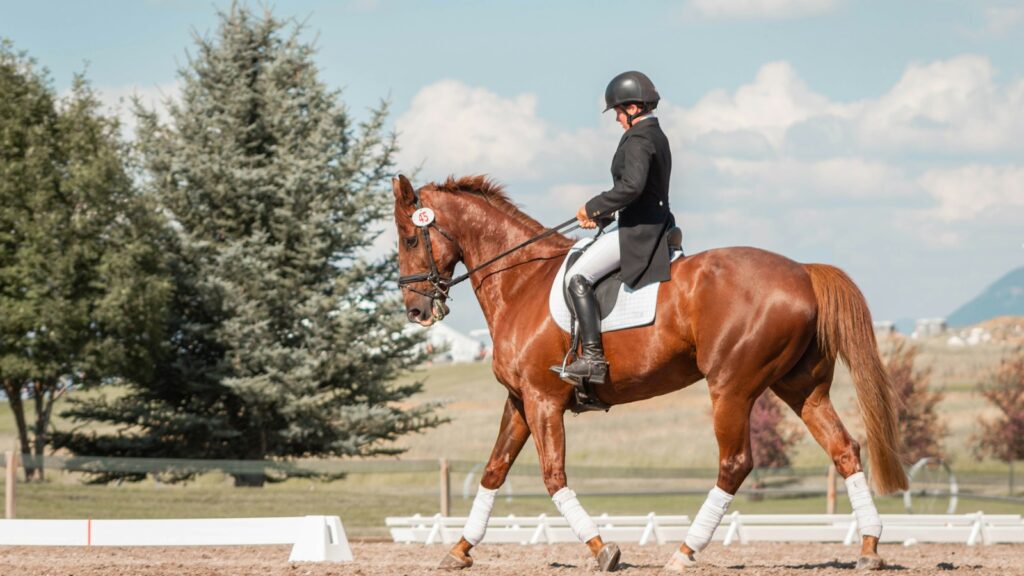
These turning exercises serve multiple purposes beyond just looking impressive in the arena. Turning on the forehand helps develop your horse’s lateral flexibility, teaches proper yielding to leg pressure, and improves hindquarter strength and engagement. Meanwhile, turning on the haunches enhances balance, collection, and helps your horse learn to carry more weight on the hindquarters—a fundamental skill for advanced dressage movements. Both exercises significantly improve your horse’s responsiveness to subtle leg aids, which translates to better communication in all riding disciplines. Additionally, these movements help identify and address any stiffness or resistance in your horse’s body, making them valuable diagnostic tools for overall physical development.
Prerequisites Before Starting Training
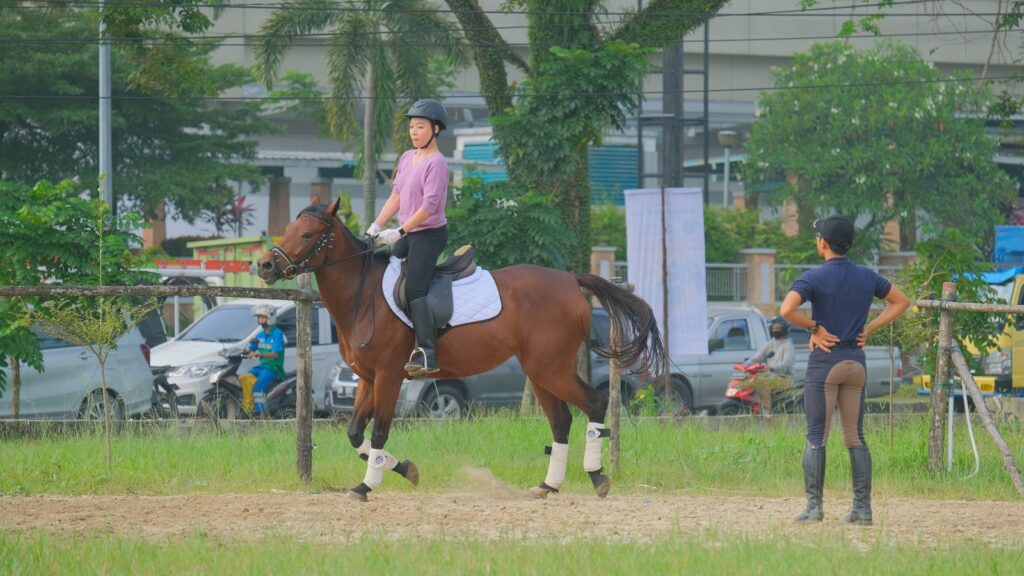
Before attempting these complex movements, ensure your horse has mastered certain foundational skills. Your horse should respond consistently to basic leg aids, understand the concept of yielding to pressure, and be comfortable with standing still on command. A solid walk-halt transition is also crucial, as many training sessions will begin from a standstill or require frequent halts. Your horse should also be reasonably balanced under saddle and have developed some basic body awareness. Rushing into these exercises without these fundamentals can lead to confusion and frustration for both horse and rider. Take the time to establish these basics thoroughly, even if it means postponing work on turns for a few weeks while solidifying the foundation.
Essential Equipment and Setup
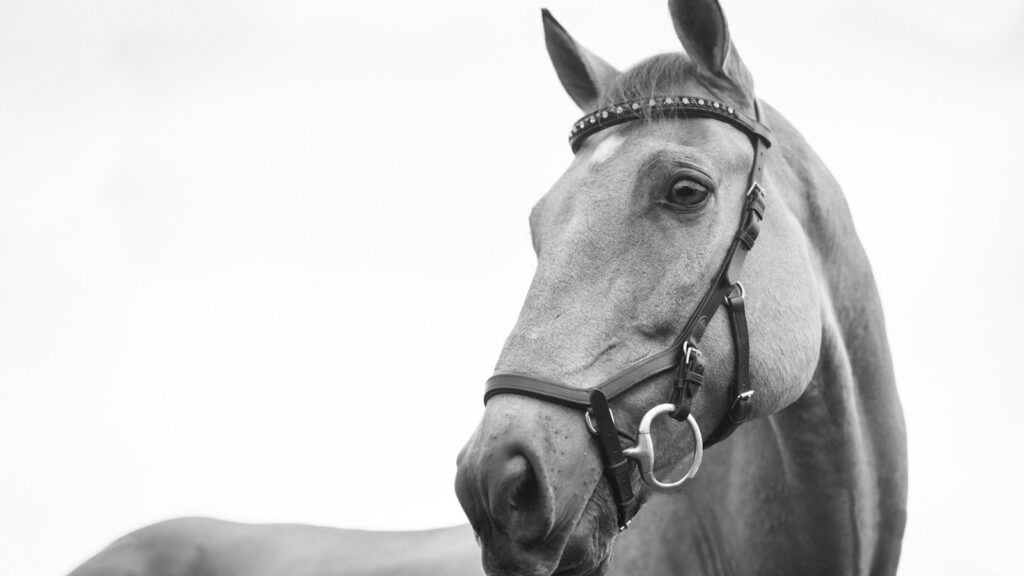
While specialized equipment isn’t necessary, certain items can facilitate the learning process. A properly fitted saddle and bridle with a mild bit or bitless option your horse responds well to is essential. Some riders find that using a dressage whip as an extension of their leg helps with precision during initial training. For beginners, working in an enclosed arena with good footing provides security and consistency. Arena letters or markers can be helpful reference points to track your progress and maintain accuracy in your turns. Consider positioning yourself near a wall or fence during initial training sessions, as this can help prevent your horse from moving forward and encourage the proper pivoting motion.
Starting with Turn on the Forehand: Step-by-Step

Begin teaching turn on the forehand from a halt position, preferably with your horse standing square. Position yourself in the saddle with your weight centered, shoulders aligned with your horse’s shoulders, and your inside leg at the girth. Apply pressure with your inside leg slightly behind the girth while maintaining light contact with both reins, especially the outside rein to prevent forward movement. When your horse steps away from pressure with its hindquarters, immediately release the pressure as a reward. Initially, aim for just one or two correct steps rather than a complete turn. Keep your upper body tall and eyes looking in the direction you want to go, as horses often follow your gaze and body position. Gradually build up to quarter turns, then half turns, and finally full 360-degree turns as your horse gains understanding and confidence.
Common Mistakes During Turn on the Forehand Training
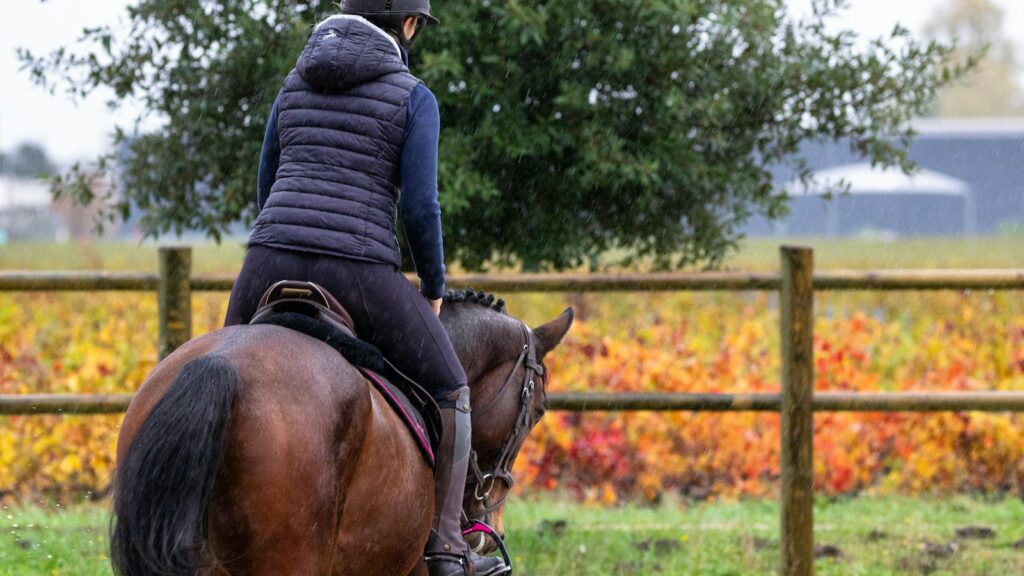
Several common errors can impede progress when teaching the turn on the forehand. Many riders inadvertently pull too much on the inside rein, causing the horse to bend its neck excessively or step backward instead of sideways. Another frequent mistake is applying inconsistent leg pressure, which confuses the horse about what’s being requested. Some horses will try to move forward instead of sideways; this usually happens when the outside rein isn’t effectively limiting forward movement. Riders sometimes lean in the direction they want the horse to move, inadvertently shifting their weight in a way that blocks the movement. Patience is crucial—pushing for too many steps too quickly can frustrate both horse and rider, leading to resistance or anxiety.
Progressing to Turn on the Haunches

Once your horse has mastered the turn on the forehand, you can introduce the more challenging turn on the haunches. Begin from a walk rather than a halt, as this helps maintain the forward energy needed for this exercise. The positioning of your aids changes significantly here—your inside leg moves forward at the girth to control the shoulder while your outside leg moves behind the girth to control the hindquarters’ positioning. Your inside rein asks for slight flexion in the direction of the turn, while your outside rein prevents over-bending and maintains the rhythm. Your seat and weight aids become more important, as you’ll need to sit slightly heavier on your inside seat bone while maintaining an upright position. Initially accept a larger turning circle, gradually asking for the hindquarters to step more in place as your horse develops strength and understanding.
Troubleshooting Resistance in Haunches Turns
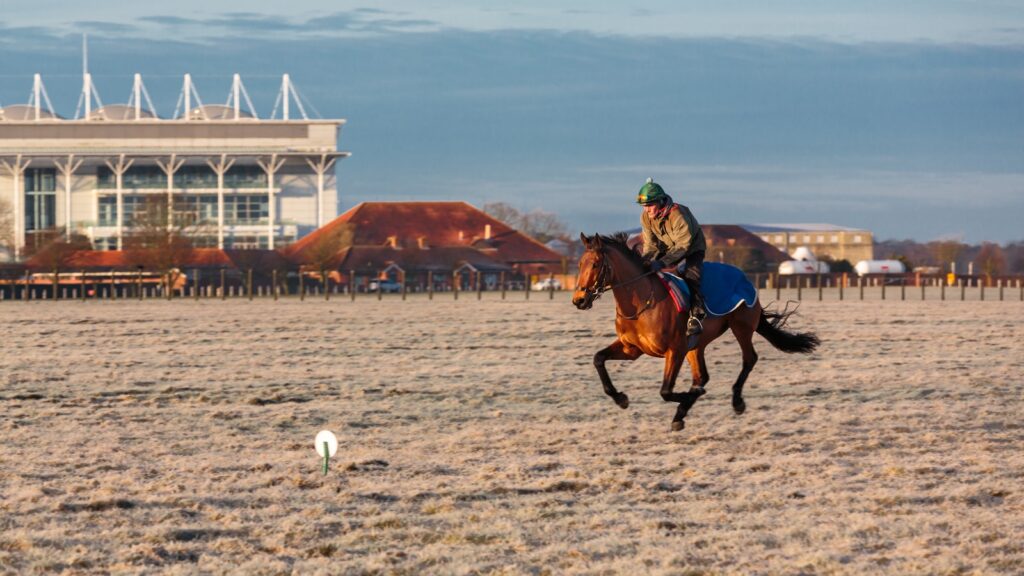
Turn on the haunches often reveals resistance as it requires significant balance and strength from your horse. If your horse rushes through the movement or widens the turn excessively, slow down your requests and return to walking a smaller circle, gradually spiraling inward. For horses that step backward during the turn, ensure you’re maintaining adequate forward energy through your seat and inside leg. Some horses may attempt to raise their head and hollow their back when learning this movement; counter this by encouraging a rounded frame through proper rein contact and driving aids. Stiffness on one side is common—most horses have a “good” and “bad” direction, so be prepared to spend extra time on the challenging side. Remember that physical limitations might be causing resistance, so consider consulting with an equine chiropractor or veterinarian if problems persist despite correct training approaches.
Building Consistency Through Repetition
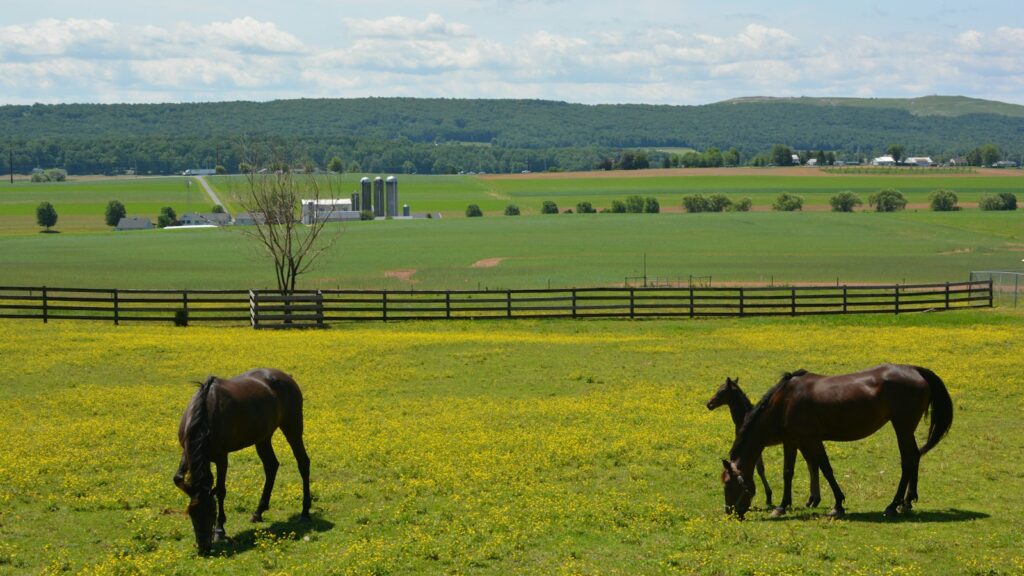
Consistent practice is key to developing muscle memory in both you and your horse, but quality trumps quantity every time. Incorporate short sessions of turn practice into your regular riding routine, perhaps doing 2-3 turns in each direction as part of your warm-up or cool-down. Vary the locations where you practice to ensure your horse understands the aids regardless of environment. Create specific exercises that incorporate these turns, such as turning on the forehand at each letter around the arena or performing a turn on the haunches at the end of a diagonal line. Track your progress by periodically recording your training sessions and reviewing the footage for improvements in smoothness and accuracy. Remember to end each training session on a positive note, even if it means accepting a lesser quality turn that your horse executed willingly.
Combining Movements for Advanced Training
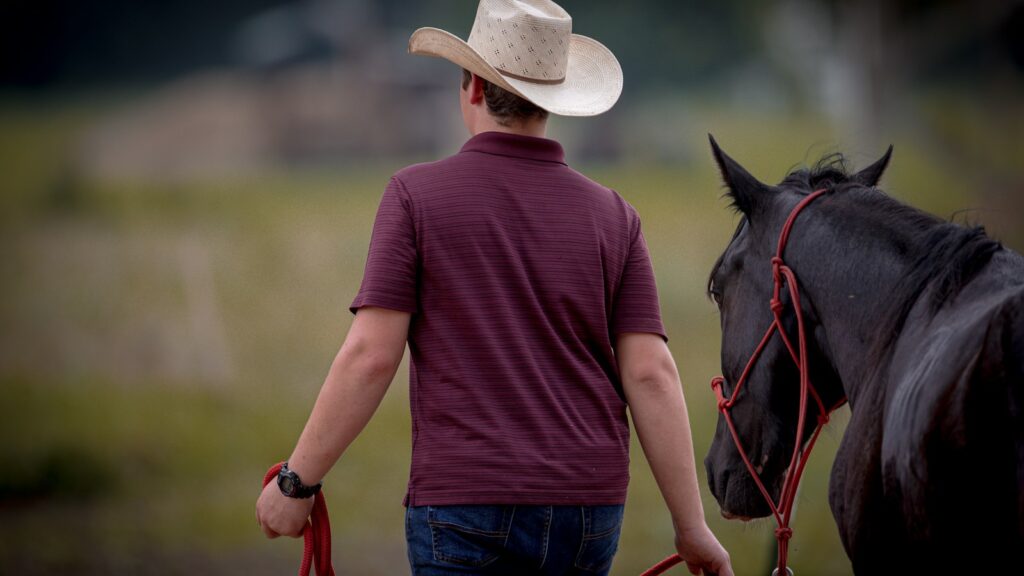
As both you and your horse become proficient with individual turns, you can begin combining them with other movements to create flowing sequences. Try walking a few steps, performing a turn on the forehand, walking forward again, and then executing a turn on the haunches. This develops your horse’s ability to shift balance points and improves your timing of aids. Another valuable combination is transitioning from leg yield directly into a turn on the forehand, which reinforces lateral responsiveness. For more advanced horses, practice quarter turns on the haunches incorporated into a figure-eight pattern. These combinations not only enhance your horse’s athleticism but also prepare you for upper-level movements like pirouettes, half-passes, and flying changes that build upon these fundamental turning exercises.
Using Ground Poles and Visual Aids

Visual markers can significantly enhance your horse’s understanding of turning exercises. Set up a single ground pole and position your horse’s forehand across it when practicing turns on the forehand—this creates a clear boundary that helps your horse understand they should pivot rather than step forward. For turn on the haunches, position the pole where your horse’s hindquarters should remain. Some riders find success by creating a “clock face” pattern on the ground using arena markers or cones, giving clear targets for the turning movement. Another helpful approach is drawing patterns in the sand with your boot before mounting, creating visual guides you can follow during the exercise. These physical aids are especially valuable for horses that learn visually and can be gradually removed as the horse’s understanding improves.
Recognizing and Rewarding Success

Clear, immediate rewards are fundamental to effective training, especially with complex movements like these turns. When your horse makes even the smallest correct response to your aids, immediately release pressure and offer verbal praise. Consider carrying treats that can be quickly given during brief pauses in your training session. Be specific about what you’re rewarding—if your horse takes one perfect crossing step in a turn on the haunches, celebrate that achievement rather than continuing to push for more steps. Pay attention to your horse’s body language; ears pricking forward, softening around the eye, and relaxed breathing all indicate positive engagement with the learning process. Creating a positive experience around these exercises builds your horse’s confidence and willingness to try, which ultimately leads to better performance than drilling could ever achieve.
When to Seek Professional Help

While many riders can successfully teach these movements independently, there are situations where professional assistance becomes valuable. Consider scheduling a few lessons with a qualified instructor if you’re struggling with the timing of your aids or if you’re unable to feel when your horse is correctly executing the movement. Persistent resistance from your horse, despite consistent training approaches, might indicate a physical issue that requires veterinary or chiropractic assessment. Some horses with established evasion tactics or those with previous negative training experiences may benefit from professional retraining to overcome these challenges. Even experienced riders can benefit from occasional “tune-up” lessons to refine their technique and receive objective feedback about their horse’s progress. Remember that seeking help isn’t a sign of failure—it’s a commitment to providing your horse with the clearest, most effective training possible.
Applying These Skills in Practical Riding Situations

The benefits of mastering turns on the forehand and haunches extend far beyond the dressage arena. These skills translate directly to everyday riding scenarios, such as navigating narrow trails where you need to turn your horse in tight spaces without stepping off the path. Gate opening and closing becomes significantly easier when your horse can pivot accurately on command. For Western riders, these movements form the foundation for spins, rollbacks, and precise maneuvers required in reining and cow work. Even casual trail riders will appreciate having a horse that can pivot away from obstacles or reposition efficiently when needed. By practicing these skills in various contexts—not just during formal training sessions—you help your horse understand their practical application, making them more willing and confident partners in all your riding adventures.
Turning on Forehand and Haunches
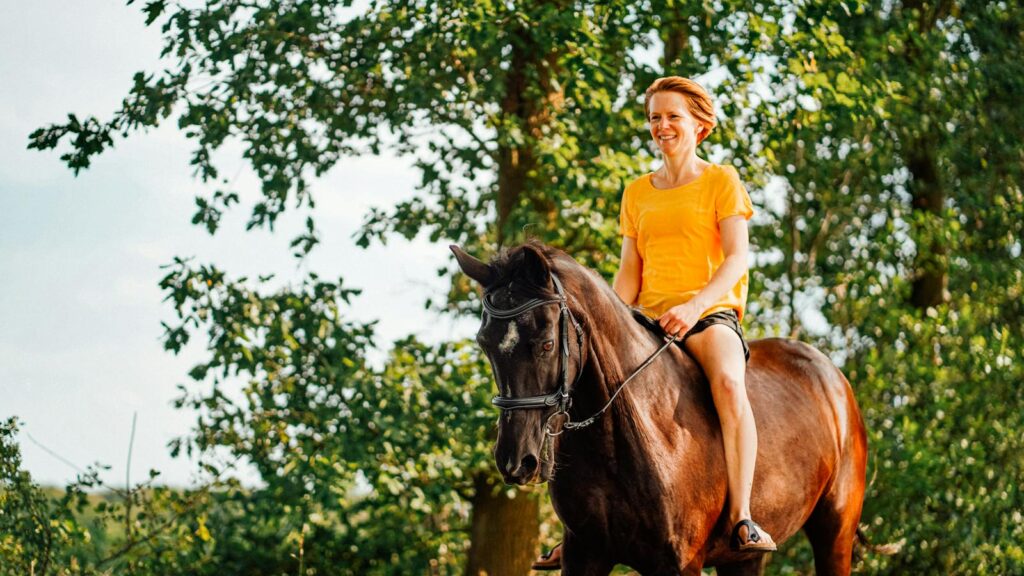
Teaching your horse to turn on the forehand and haunches represents a significant milestone in your training journey together. Beyond the technical aspects, these exercises build trust, improve communication, and deepen the partnership between horse and rider. Remember that patience and consistency are your greatest allies—progress may sometimes seem slow, but each small improvement builds toward mastery. Celebrate the journey as much as the destination, and you’ll find that the process itself becomes rewarding for both you and your equine partner. With dedication to proper technique and a positive training approach, you’ll develop a horse that responds willingly to subtle aids and moves with balance and precision in every situation.







